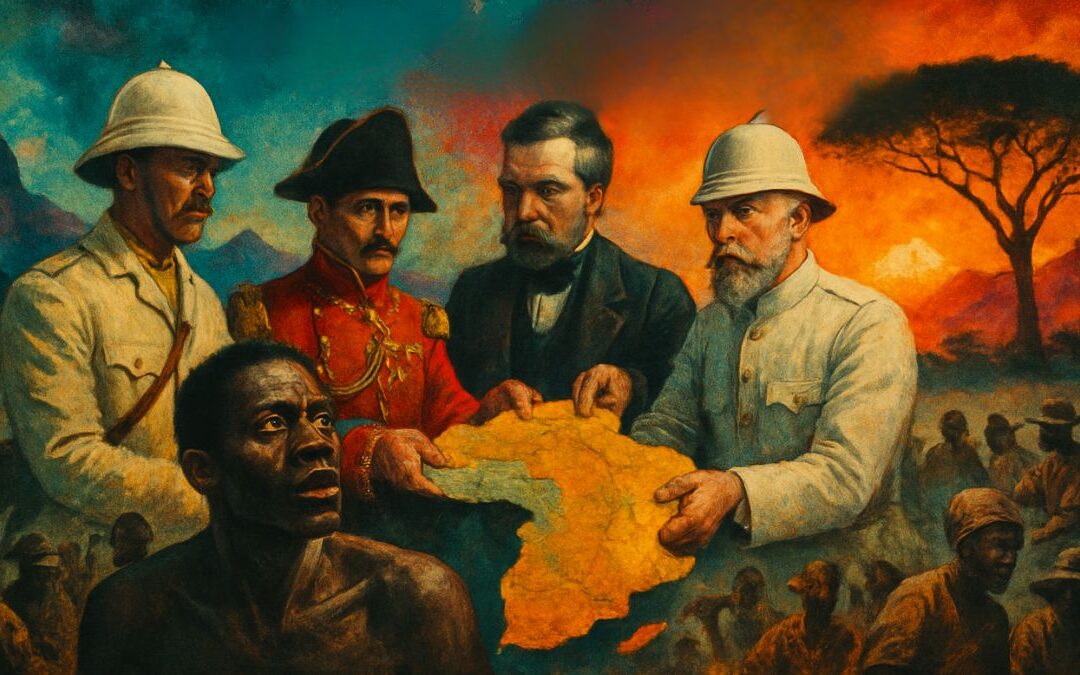Introduction
Welcome, innovators and academics! In the world of science, a groundbreaking discovery is only as powerful as your ability to communicate it. A successful scientific presentation requires more than just solid data; it demands a command of the precise, formal, and persuasive language that underpins all credible academic discourse. Using the right vocabulary not only ensures your message is understood but also establishes your authority and credibility as a researcher.
This quiz is an interactive training ground designed to sharpen your academic English for scientific presentations. It’s more than a test; it’s a learning activity that will help you:
Master Nuanced Vocabulary: Learn the subtle differences between words like “postulate” and “hypothesize,” or “correlation” and “causation.”
Communicate with Precision: Understand how to choose the exact word to describe your methodology, present your findings, and discuss the implications of your work.
Boost Your Confidence: Gain the fluency and confidence to present your research effectively to peers, professors, and at international conferences.
Think Like a Scientist: Engaging with this vocabulary will reinforce your understanding of the scientific method itself, from forming a hypothesis to considering confounding variables.
Each question places you in a common scenario from a scientific presentation. The options are designed to be challenging, pushing you to think critically about context and meaning. The hints will guide your reasoning, and the detailed feedback for every option will provide a mini-lesson in academic English.
Are you ready to build the vocabulary you need to present your science to the world? Let’s begin.
Quiz Content Audio
Learning Quiz
This is a learning quiz from English Plus Podcast, in which, you will be able to learn from your mistakes as much as you will learn from the answers you get right because we have added feedback for every single option in the quiz, and to help you choose the right answer if you’re not sure, there are also hints for every single option for every question. So, there’s learning all around this quiz, you can hardly call it quiz anymore! It’s a learning quiz from English Plus Podcast.
Speaking the Language of Scientific Discovery
Hello and welcome. If you’ve just navigated the quiz, congratulations! You’ve grappled with the sophisticated vocabulary that turns a simple report of data into a compelling, credible, and professional scientific presentation. This language is the scaffolding upon which scientific arguments are built. So, let’s take a ten-minute tour through the structure of a presentation and see how these words fit into the narrative of scientific discovery.
Every great scientific presentation tells a story. It begins by setting the stage. You don’t just jump into your data; you first establish the context. You might start by referencing the current paradigm—that’s the established, foundational theory that everyone in your field accepts, like the cell theory in biology or the theory of plate tectonics in geology. By stating the paradigm, you show you understand the field, and you create a backdrop against which your new work will stand out.
Once the stage is set, you introduce the specific problem or question your research addresses. This is where you formally postulate an idea or hypothesize a specific outcome. To ‘postulate’ is to put forward a core assumption as a basis for reasoning, while to ‘hypothesize’ is to make a specific, testable prediction. This is the heart of your introduction: you’re telling the audience what you set out to investigate.
Next, you must explain how you investigated it. This is your methodology. This isn’t just a list of steps; it’s a strategic explanation of your research design. Was your study empirical, based on direct observation? Was it a longitudinal study, following the same subjects over many years to track changes? Did you use qualitative methods, like in-depth interviews, to explore complex themes? Or was it quantitative, using statistical analysis of numerical data? Using this precise language shows your audience that your approach was rigorous and well-considered. It is in this section that you must also be aware of potential confounding variables—those pesky outside factors that could influence your results—and explain how you controlled for them.
Now for the main event: presenting your findings. This is where clarity is everything. If you are presenting a complex idea, you need to expound on it, explaining it systematically and in detail. When you present your data, you might show a graph and point out a strong correlation between two variables. But as a good scientist, you must immediately add the crucial warning not to confuse this with causation. Perhaps you found a surprising result that doesn’t fit the pattern. You must identify this as an anomaly or an outlier, and explain why it shouldn’t be given undue weight. Hopefully, your main findings will corroborate or substantiate your initial hypothesis, meaning they will confirm it or support it with strong evidence.
The final, and arguably most important, part of your presentation is the discussion and conclusion. This is where you move from “What did we find?” to “So what?”. You must interpret your results honestly. This includes acknowledging the limitations of your work. Perhaps you had a small sample size, or your equipment wasn’t perfect. You must state this as a caveat—a formal warning that your findings should be interpreted with these limitations in mind. This doesn’t weaken your presentation; it strengthens your credibility.
Then, you discuss the broader implications of your work. What does it mean for the future of your field? How could it affect policy or practice? Can you extrapolate from your findings to make a prediction about the future? Perhaps your discovery is a seminal moment that will change the field forever, or maybe your work on the emergent properties of a system challenges the old, reductionist approach. This is where you demonstrate the true significance of your research.
Throughout this entire process, your choice of words matters. Describing a new field of study as nascent shows you recognize its early potential. Pointing out that an opposing argument is based on a paucity of evidence or a spurious assumption is a powerful way to critique it. And demonstrating the efficacy of a new treatment with robust data is the ultimate goal.
This vocabulary is more than just a list of fancy words. It’s a toolkit for thinking and communicating with the precision, clarity, and authority that science demands. By mastering it, you’re not just learning to talk like a scientist; you’re learning to think like one.










0 Comments